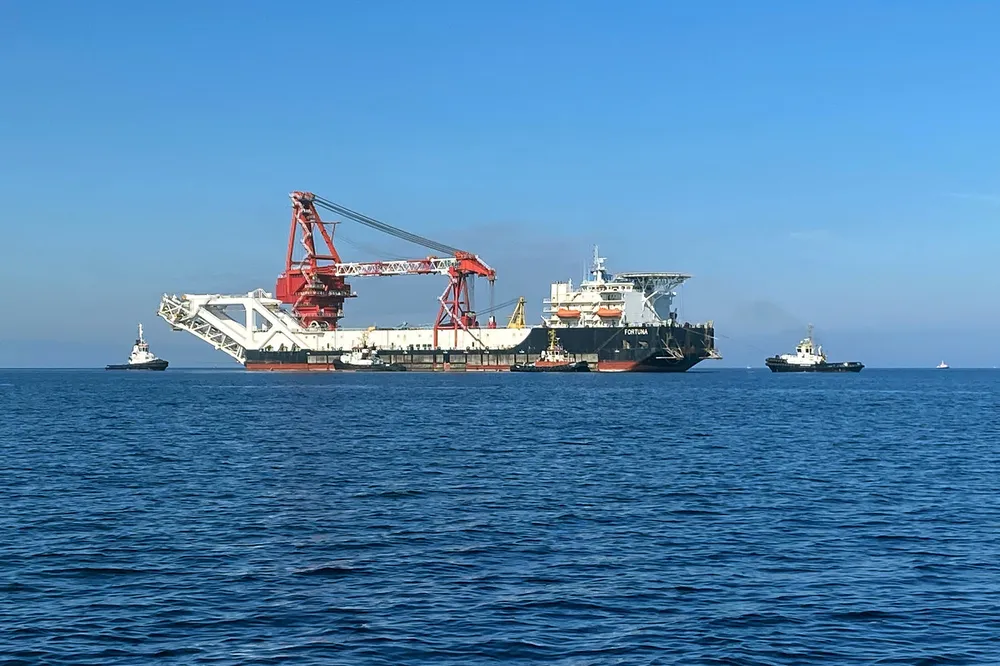Nord Stream 2 in pipelay action off Germany despite US sanctions threat
New US sanctions delayed because of disagreements between US President Donald Trump and Congress

New US sanctions delayed because of disagreements between US President Donald Trump and Congress
